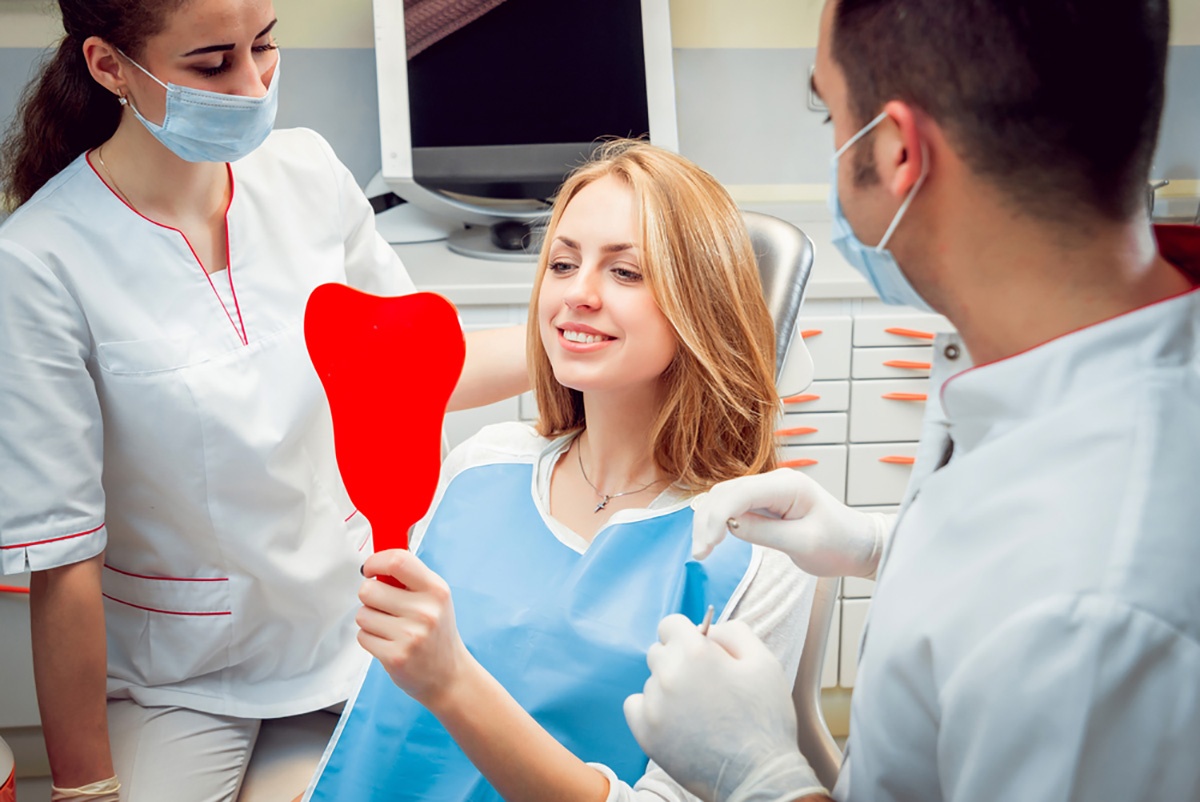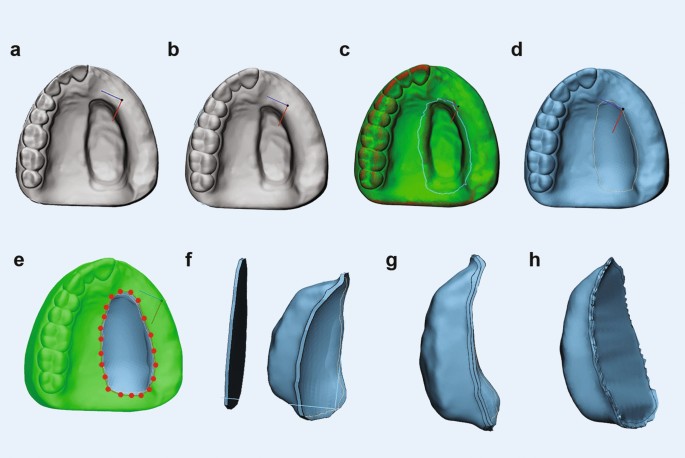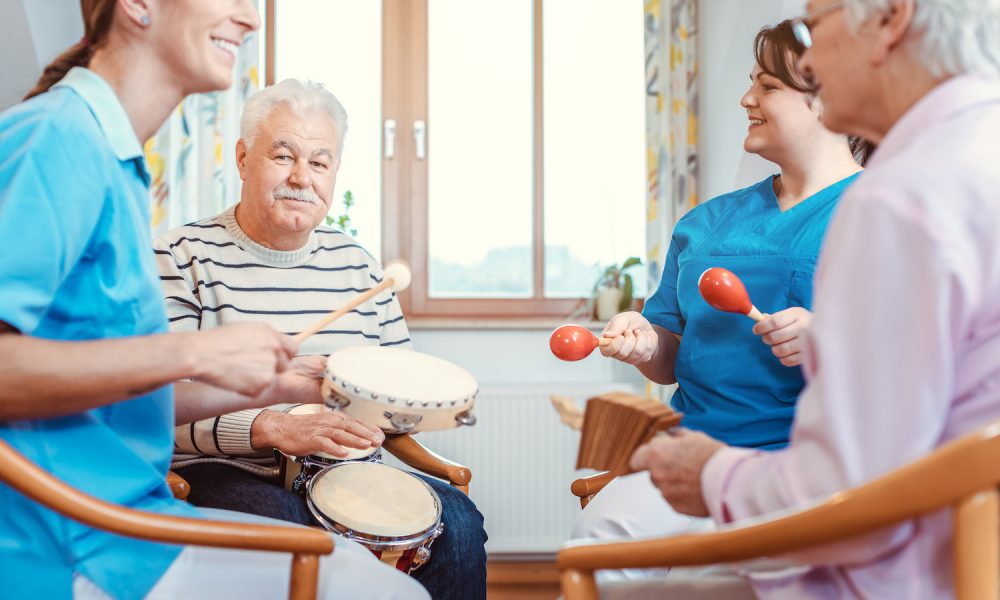Cleft palate is a congenital deformity affecting approximately 1 in 700 births, requiring comprehensive management to restore function, aesthetics, and quality of life. Cleft palate patients benefit significantly from obturators, and custom prosthetic devices enhancing speech, swallowing, and feeding. These innovative appliances, fabricated by a specialized dentist in Great Neck, NY, effectively seal nasal and oral cavity gaps. By restoring velopharyngeal function, obturators reduce hypernasality, improve articulation clarity, and facilitate normal feeding. Beyond functional advancements, they boost self-esteem through enhanced facial aesthetics. Collaborating with speech therapists, surgeons, and local dentists obturators play a pivotal role in comprehensive cleft care, offering life-changing rehabilitation.
What are Obturators?
Obturators are custom-made prosthetic devices fabricated by specialized dentists, such as prosthodontists or maxillofacial prosthetists, to address cleft palate deformities. Obturators consist of biocompatible materials, such as acrylic, silicone, or stainless steel, carefully designed for patient comfort, durability, and oral hygiene.
These devices:
- Close the cleft palate defect: Separating the nasal and oral cavities.
- Enhance speech: Improve articulation, resonance, and intelligibility.
- Facilitate swallowing: Prevent nasal regurgitation.
- Support feeding: Aid infants in bottle feeding or breastfeeding.
Types of Obturators
- Cleft palate obturators: For infants and children.
- Speech-aid prosthesis: Enhance articulation in older children and adults.
- Palatal lift prostheses: Elevate the soft palate for improved speech.
What is The Role of Obturators in Cleft Palate Care?
Obturators play a pivotal role in cleft palate care, addressing functional, aesthetic, and emotional challenges. Their primary functions include:
- Speech Enhancement: Improve articulation, resonance, and intelligibility by separating nasal and oral cavities.
- Swallowing Facilitation: Prevent nasal regurgitation and ensure efficient feeding.
- Feeding Support: Aid infants in bottle or breastfeeding by creating a sealed oral environment.
- Aesthetic Restoration: Enhance facial appearance, boosting self-esteem and confidence.
- Pre-Surgical Preparation: Facilitate feeding and growth before cleft repair surgery.
Clinical Considerations For Using Obturators For Cleft Palate Care
The following factors must be considered for optimal results and oral rehabilitation:
- Timing: Fit obturators shortly after birth or before primary cleft repair surgery to maximize benefits.
- Material Selection: Choose durable, non-irritating, and biocompatible materials for patient comfort and oral health.
- Regular Adjustments: Accommodate growth and development through frequent modifications.
- Team Collaboration: Coordinate with surgeons, speech therapists, and orthodontists for comprehensive care.
- Patient Compliance: Educate caregivers on appliance care, insertion, and removal.
- Monitoring: Regularly assess speech, feeding, and oral development.
- Surgical Planning: Consider obturator use when planning cleft repair surgery.
- Speech Therapy: Integrate obturators into speech therapy to enhance articulation.
- Oral Hygiene: Emphasize cleaning around the cleft and obturator.
- Long-Term Follow-Up: Evaluate outcomes and adjust treatment as needed.
Additional Considerations
- Infant Feeding: Address feeding challenges with specialized bottles and nipples.
- Palatal Growth: Monitor palatal development to adjust obturators accordingly.
- Dental Eruption: Accommodate emerging teeth in obturator design.
- Patient Age: Adapt obturator design and material for different age groups.
- Cleft Type: Tailor obturators to unilateral or bilateral clefts.

Future Directions of Obturators in Cleft Palate Care
There have been significant advances in dentistry when it comes to obturators, such as:
- Digital Fabrication: Advances in CAD/CAM technology for precise, rapid, and cost-effective obturator manufacturing.
- Biocompatible Materials: Research into non-toxic, hypoallergenic materials for enhanced patient comfort and oral health.
- 3D Printing: Integration of 3D printing techniques for customized, intricate obturator designs.
- Implant-Supported Obturators: Utilizing dental implants for stable, long-term obturator retention.
- Dynamic Obturators: Development of adjustable, dynamic obturators accommodating growth and development.
- Tissue Engineering: Investigating bioengineered tissue integration with obturators for enhanced healing.
- Personalized Medicine: Genetic analysis guiding customized obturator design and treatment planning.
- Telemedicine Integration: Remote monitoring and adjustment of obturators through telemedicine platforms.
- Outcome-Based Research: Investigating long-term impacts on speech, feeding, and quality of life.
Obturators significantly enhance the lives of individuals with cleft palate, addressing functional, aesthetic, and emotional concerns. Collaborative care, advancements in materials, and fabrication techniques ensure optimal outcomes.





